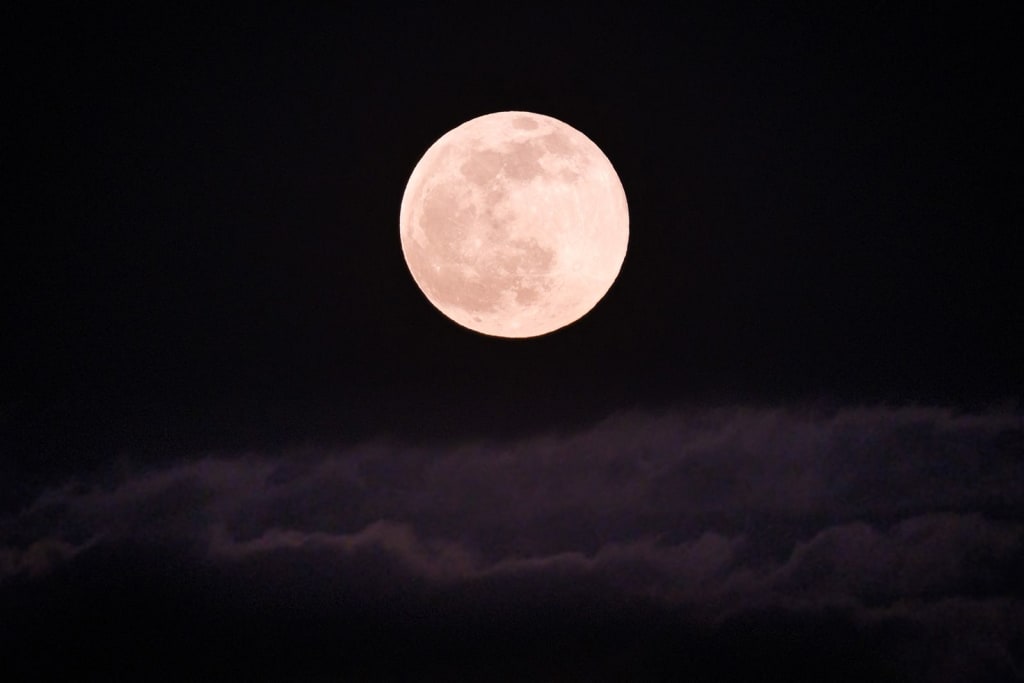Spring is Here...
If you look up in the sky at night, you can see it.

March is the month we come out of hibernation and welcome the new season. The days speed by faster than ever, and the bright constellations of winter begin to fade into the night sky. For sky lovers, the astronomical start of spring comes on March 19th at 11:06 a.m. eastern time (midnight, Pacific Standard Time).
At that time, the sun's disk passes over the equator and into the northern hemisphere of the sky. This marks the start of a new lunar year in many societies until the Romans, and it is still used today to set the dates of major religious festivals and fasts. Some astrologers refer to the point in the night sky that marks the start of the new year as the "first point of aries," a term that is still widely used today. The first point of aries, also known as the "Ram" in the constellation Aries, was the place where the first equinox occurred in ancient times, back when the fundamental principles of astrology were first discovered in Babylonia.
Today's equinox is actually 30 degrees west of the equator in Pisces, in the Fish constellation. This is because of the 26, 000-year cycle known as the precession, or "equinoxes," of the sun's position in the sky. The next time the sun will be in the constellation Aquarius will be about 23,000 years from now, and the next time it will be in Aries will be around 23,000 years after that. The term "equinox" comes from the Greek word for "equal night," which refers to the fact that the length of a day and night is exactly 12 hours. In fact, the sun's upper limb pierces the horizon a couple of days before the actual day of the 12-hour equinox in Washington, D.C., on March 16, 2022. Old Sol will rise at 7.17 in the morning and set at 7.17.
As March begins, you will see the waning moon in the morning sky. On the 3rd of March, early risers will be able to see the last quarter moon just before dawn in the south. Just a few degrees away is the red-and-white star Antares, which is the heart of Scorpion, the Scorpion. The new moon will fall on the 10th, and the moon will wax in the evening sky until the 25th when it will reach its full phase. The March full moon is also known as the Worm Moon because the earthworms can easily crawl to the surface, where they provide food for birds and other animals. Other common names for this moon include the Crow Moon and the Sap Moon.
If you want to arrive on time for any of your engagements on Sunday morning, March 10th, you’ll need to set your clock by one hour before you go to bed on Saturday night. That’s unless you live in Arizona, Hawaii, or Hawaii. U.S. Code requires that we all transition from Standard Time to Daylight Time at 2:00 a.m. on March 10th. I’ve answered hundreds of questions about why this happens each year, but it’s not up to us to dictate the rules. Here in the U.S., civil time is regulated by Congress through the Transportation Department, and the observatory maintains its own reference time scale, known as UTC. We leave the decision-making to others.
In the western sky, you can see the constellations of winter that have supported us through those long winter nights. The constellations will be visible by mid-afternoon and will be gone by midnight by the end of this month. If you like to look at Orion and his brilliant companions, this will be the last month you can see them until late fall.
After March, the constellations start to settle down a bit. The most well-known of these is the constellation of Big Dipper, which most of us recognize.
These seven stars make up the “soup ladle” pattern, and it’s often one of the very first constellations that beginners learn to identify. It’s also known as “the plough” (in Britain and Ireland) and “the wain” (in the rest of Europe). The seven stars belong to a larger constellation called “Ursa Major”, or “the Great Bear.” The two brightest stars in the Dipper at the end point north of the “bowl,” which marks the northern celestial pole, Polaris. To the south, follow the “points” to find the constellation Leo, or “leo” meaning “the lion,” which is made up of two different star groups. The brightest star in Leo, “regulus,” forms a right triangle that marks the lion’s rear.
If you follow the Big Dipper’s “handle” in an arc, you’ll come across the spring star of Arcturus. Arcturus is one of the brightest stars in the northern sky, and the fourth brightest star overall. It has a relatively close 37 light-years to the sun, and its brightness is about 170 times the sun’s. Its pink hue reminds me of the flowers that will bloom as March gives way to April.
For planet watchers, March may be a bit of a disappointment. Jupiter is the only bright star in the western sky that's easy to spot. The big planet sets between 11:00 and 11:30 in the evening in early March, but after daylight saving time you shouldn't have any trouble seeing Jupiter shortly after sundown. After Jupiter sets, there aren't any bright planets to see for the rest of the evening. Just before dawn you might be able to see Venus in the growing twilight glow, but she'll be pretty low in the southeast sky. At the end of March, we'll get our chance to see that elusive planet, Mercury. If you have binoculars, the best time to see Mercury will be 30-45 minutes after sunset on evenings of March 17-31, when it'll be about 10 degrees over the western horizon. You should be able to see Mercury with the naked eye.
March is a great month to explore the heavens with a telescope! George Mason University offers free public lectures and telescopes tours every week, and there are plenty of opportunities to see stargazers in the area. On Friday, March 2nd and 16th, you can check out an astronomy party at Greenbelt's Astronomical Society. On March 9th, you can attend a public observatory night in Midland. And on March 16th, you'll be able to take in the night sky from Northern Virginia's only international dark sky park. To find out more about astronomy clubs and planetariums in the area, visit this website. D.C. Area Astronomy Clubs, Planetariums, Science Centers and Observers.
About the Creator
Enjoyed the story? Support the Creator.
Subscribe for free to receive all their stories in your feed. You could also pledge your support or give them a one-off tip, letting them know you appreciate their work.





Comments
There are no comments for this story
Be the first to respond and start the conversation.